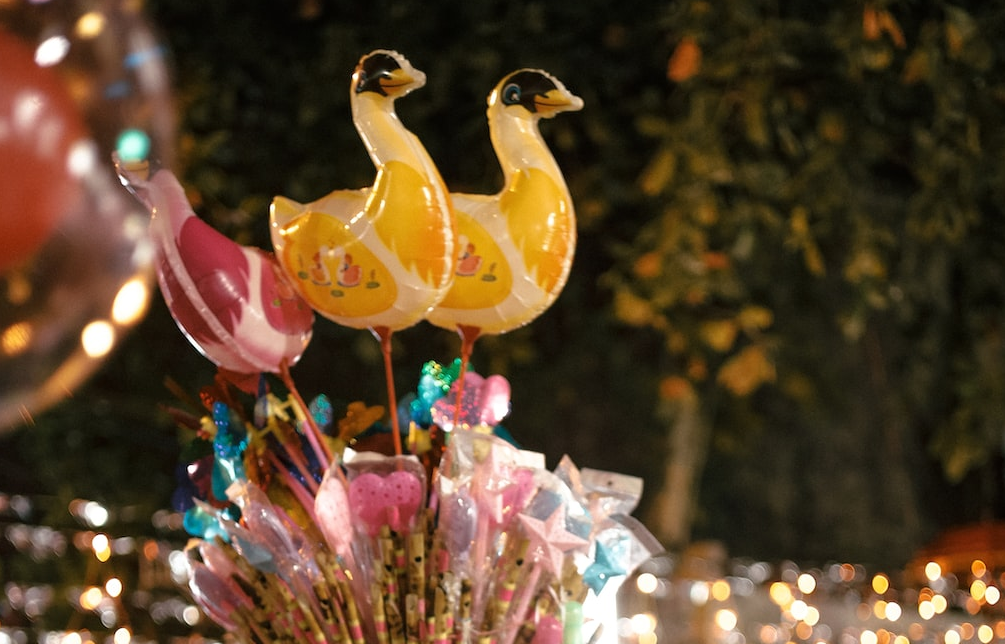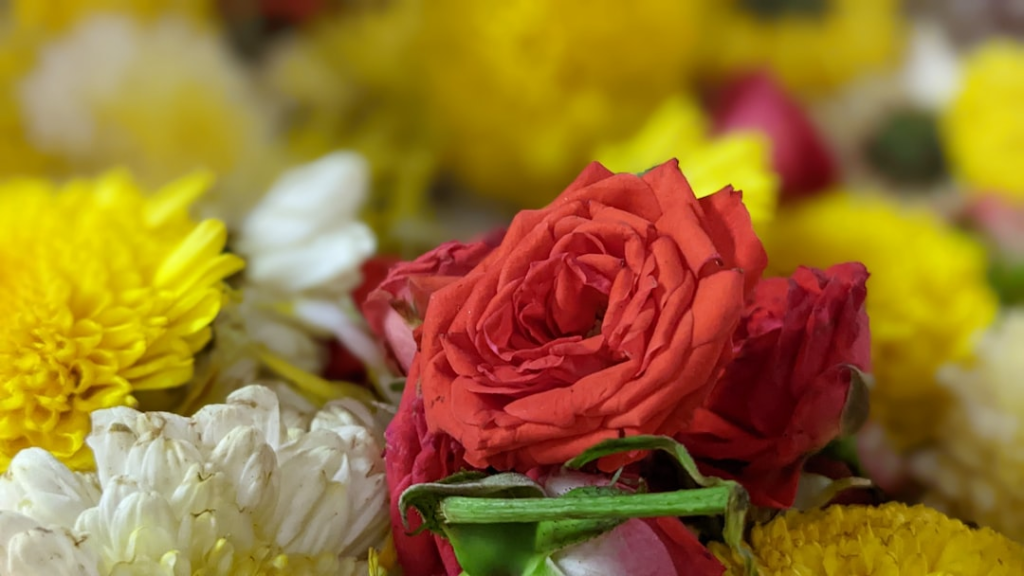Onam is one of the most vibrant and significant festivals of Kerala, India. It is a harvest festival celebrated with immense joy and enthusiasm by people of all communities. Onam marks the homecoming of King Mahabali, a legendary ruler who is believed to visit Kerala during this festival. The ten-day-long festival showcases Kerala’s rich culture, traditions, and hospitality.

The Legend of Onam
The story of Onam revolves around King Mahabali, an Asura (demon) king known for his kindness, generosity, and just rule. His kingdom was so prosperous that even the gods became jealous. To restore balance, Lord Vishnu took his Vamana (dwarf Brahmin) avatar and visited Mahabali. The king, known for his generosity, promised to fulfill any request. Vamana asked for three paces of land, but as he grew to a gigantic size, he covered the entire universe in two steps. With no space left, Mahabali offered his own head for the third step. Pleased by his devotion, Lord Vishnu granted him permission to visit his people once a year. This annual return of Mahabali is celebrated as Onam.

How is Onam Celebrated?
1. Pookalam (Floral Rangoli)
Onam begins with the decoration of Pookalam, an intricate floral rangoli made at the entrance of homes to welcome King Mahabali. Every day, fresh flowers are added, making it larger and more beautiful.
2. Onasadya (Traditional Feast)
A grand feast called Onasadya is prepared on Thiruvonam, the main day of Onam. This is a nine-course vegetarian meal served on banana leaves, consisting of 26+ dishes, including:
- Rice – The staple food.
- Sambar, Rasam, and Avial – Popular Kerala curries.
- Thoran and Olan – Vegetable dishes.
- Pachadi and Kichadi – Yogurt-based sides.
- Payasam (Sweet Dessert) – A must-have during Onam.
3. Vallam Kali (Snake Boat Race)
One of the most exciting parts of Onam is the Vallam Kali, or snake boat race. Traditional longboats, known as Chundan Vallams, compete in thrilling races, with rowers synchronizing their movements to traditional songs. The most famous boat race is held at the Punnamada Lake in Alappuzha.
4. Pulikali (Tiger Dance)
In this unique folk art, performers paint their bodies like tigers and leopards and dance through the streets, entertaining spectators. Pulikali is a highlight of the Onam celebrations, symbolizing courage and strength.
5. Traditional Games (Onakalikal)
Onam is a time for Onakalikal, a set of traditional games, including:
- Vadamvali (Tug of war)
- Uriyadi (Pot breaking game)
- Kasarakali (Folk dances and martial arts performances)
6. Thiruvathira Kali and Kathakali Performances
Women perform Thiruvathira Kali, a graceful group dance around a lamp, while Kerala’s famous classical dance-drama, Kathakali, enacts stories from Hindu epics during Onam.

The Spirit of Onam
Onam is not just about rituals and festivities; it carries deep cultural and social significance:
- Unity and Inclusivity: People of all religions and communities celebrate Onam together.
- Prosperity and Gratitude: It marks a bountiful harvest and is a time to express gratitude.
- Cultural Heritage: The festival preserves Kerala’s ancient traditions, art, and customs.
Conclusion
Onam is a celebration of happiness, togetherness, and prosperity. It reminds us of King Mahabali’s golden rule, where everyone lived in harmony. Whether it’s the grand feast, the thrilling boat races, or the beautiful floral decorations, Onam brings joy to every Malayali’s heart.
Wishing you a Happy and Prosperous Onam!
“Onam Ashamsakal!”
Read more blogs click here

